Reviewed by Corey Noles
Here's something that'll make you scratch your head: OnePlus just rolled out a Gemini lockscreen shortcut that Google's own Pixel phones don't even have. The feature appeared on the recently launched OnePlus 13s, but here's the kicker—it's been quietly available on the OnePlus 13 for months, running on software as old as February 2025. While Google's been busy pushing Gemini everywhere else, they somehow forgot to give their own devices the most basic convenience: quick access from your lockscreen without unlocking the phone first.
The timing couldn't be more interesting. Google just announced major Gemini updates at Samsung's Galaxy Unpacked, including deeper app integration and Project Astra capabilities. Meanwhile, OnePlus quietly solved a problem Google didn't even realize they had. This lockscreen shortcut isn't just a nice-to-have—it launches the full Gemini app, letting you jump back into previous conversations rather than starting fresh every time.
Why this lockscreen shortcut actually matters
Unlike voice activation or Samsung's implementation that still requires unlocking your device, OnePlus's approach lets you dive straight into Gemini without any authentication barriers. The company calls it "Digital assistant from Google" in settings, but the star icon makes it clear this is pure Gemini integration.
After testing both approaches across daily workflows, the practical impact becomes obvious. Voice activation works great when you're hands-free, but it creates a new conversation thread every time. When you're checking on a recipe you discussed yesterday or continuing a complex research project, that context persistence becomes incredibly valuable. The lockscreen shortcut preserves your workflow momentum in ways voice commands simply can't match.
What's particularly significant is how OnePlus positioned this feature within their broader AI strategy. OnePlus has been testing this functionality across multiple devices, with the OnePlus 13 supporting it on software builds dating back months. This wasn't a reactive add-on—it was part of a calculated approach to AI accessibility that prioritizes user workflow over marketing headlines.
The technical implementation reveals thoughtful UX design. Rather than creating a separate pathway, OnePlus simply evolved their existing Google Assistant shortcut infrastructure. Android Authority confirmed the feature works seamlessly on devices running OxygenOS with February 2025 security patches, demonstrating backward compatibility that many manufacturers skip in their rush to ship new features.
What Google's missing (and OnePlus figured out)
Google's lockscreen strategy reveals a puzzling disconnect between their AI ambitions and user experience execution. Google is actively replacing Google Assistant with Gemini across Android devices, yet their own Pixel phones still offer the same tired lockscreen shortcuts—camera, flashlight, and Do Not Disturb.
The contradiction becomes even starker when you examine Google's development history. During Android 15's beta cycle, Google actually tested a Gemini lockscreen button but mysteriously removed it before the final release. This suggests internal uncertainty about user interface priorities, despite their aggressive push into AI-first experiences across every other Google product.
Samsung's approach highlights the authentication gap that OnePlus solved. While Samsung phones technically support adding Gemini as a lockscreen shortcut, OnePlus's implementation bypasses the crucial limitation—you still need to unlock Samsung devices to actually use Gemini, negating most of the convenience benefit.
This UX oversight becomes more glaring when you consider Google's broader product strategy. The company recently announced that Gemini will automatically gain access to phone, messaging, and WhatsApp functions starting July 2025. They're building sophisticated cross-app integration while their own flagship devices lack immediate AI access—a product management blind spot that OnePlus exploited perfectly.
The bigger AI integration picture taking shape
OnePlus's lockscreen innovation signals a broader commitment to practical AI implementation that extends far beyond surface features. The OnePlus 13s launched with Plus Mind, a personalized AI workspace that aggregates articles, photos, and content for contextual assistance. Combined with features like AI VoiceScribe for call summaries and AI Best Face 2.0 that corrects blinks for up to 20 people in photos, OnePlus is building comprehensive AI ecosystems rather than isolated features.
The technical foundation supporting these capabilities demonstrates enterprise-level commitment. The OnePlus 13 became the first OnePlus device to support Gemini Nano, Google's on-device AI model that processes messages locally without cloud dependency. The AICore app now occupies 3.8GB on OnePlus 13 compared to 1.3GB on Samsung devices, suggesting OnePlus is running the newer multimodal version with enhanced visual and text comprehension capabilities.
Partnership depth reveals strategic AI positioning beyond typical OEM relationships. OnePlus and parent company OPPO announced integration of Gemini Ultra 1.0—Google's most capable cloud-based AI model—later this year. This positions OnePlus phones to potentially offer the same feature set as Pixel devices, including generative photo editing and advanced conversational assistance, while maintaining superior accessibility through practical UX innovations like lockscreen shortcuts.
The integration extends into productivity workflows that actually matter. OnePlus confirmed that Gemini will connect with OnePlus-specific applications like Notes and Clock, enabling cross-platform automation. Users can ask Gemini to summarize YouTube recipes into notes or set alarms based on calendar events—practical AI that eliminates friction rather than creating new interaction patterns that users must learn.
Where OnePlus goes from here
OnePlus's AI accessibility advantage faces scaling challenges as they expand beyond their traditional enthusiast base. Currently, the OnePlus 13s remains limited to India and China, though the underlying technology works seamlessly on globally available OnePlus 13 devices. Market expansion will test whether mainstream users value immediate AI access as much as early adopters who drive OnePlus's current success metrics.
The competitive implications extend beyond individual features to platform strategy. OnePlus confirmed that future flagship phones will ship with Gemini as the default assistant, following Google's own Pixel roadmap. However, OnePlus is pairing that transition with interface innovations that Google hasn't implemented on their own hardware—a differentiation strategy that could influence Android ecosystem dynamics if other manufacturers adopt similar approaches.
The lockscreen shortcut represents broader UX philosophy differences that may reshape expectations across Android devices. While Google focuses on backend AI capabilities and cross-service integration, OnePlus prioritizes interaction efficiency and workflow preservation. As users become accustomed to immediate AI access without authentication friction, pressure may mount on Google and Samsung to implement similar convenience features.
Long-term positioning suggests OnePlus views AI accessibility as a competitive moat rather than a temporary advantage. The company's investment in Plus Mind personalization, deep Gemini integration, and practical automation tools indicates a strategy to own the user experience layer while leveraging Google's AI infrastructure. If successful, this approach could establish OnePlus as the premium Android alternative for users who want sophisticated AI capabilities without sacrificing interface simplicity—exactly the market position Google should have secured with their own Pixel devices.







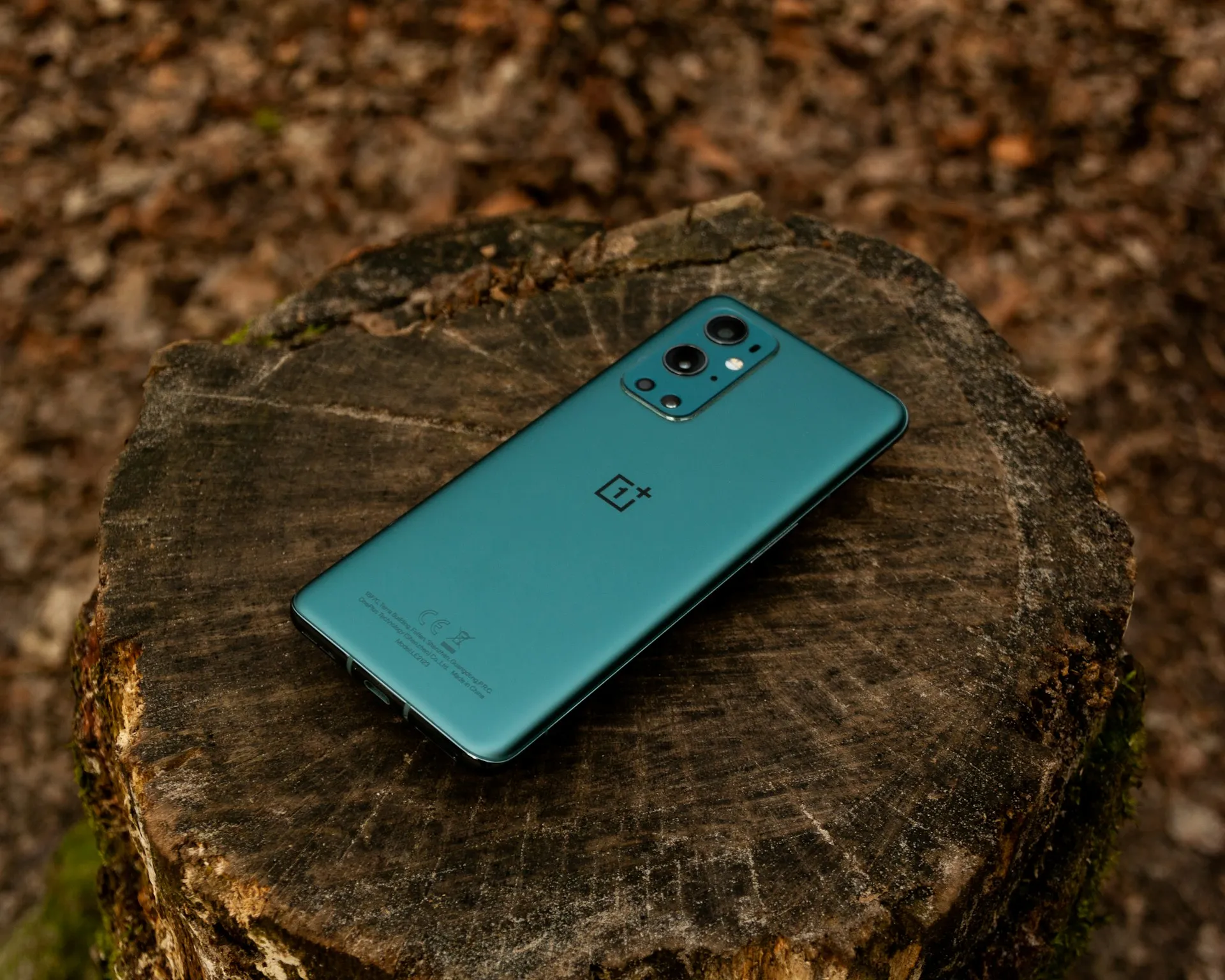






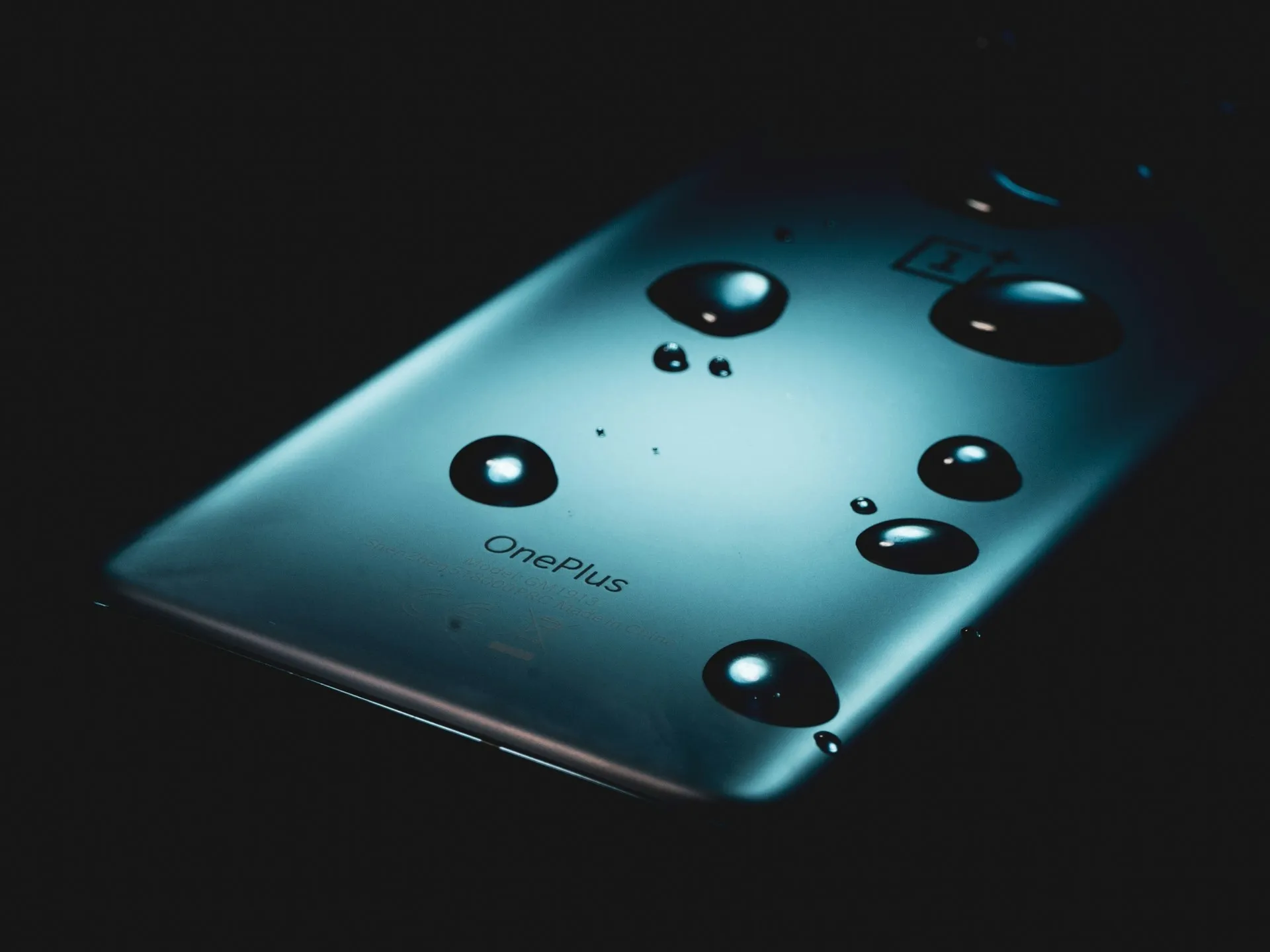



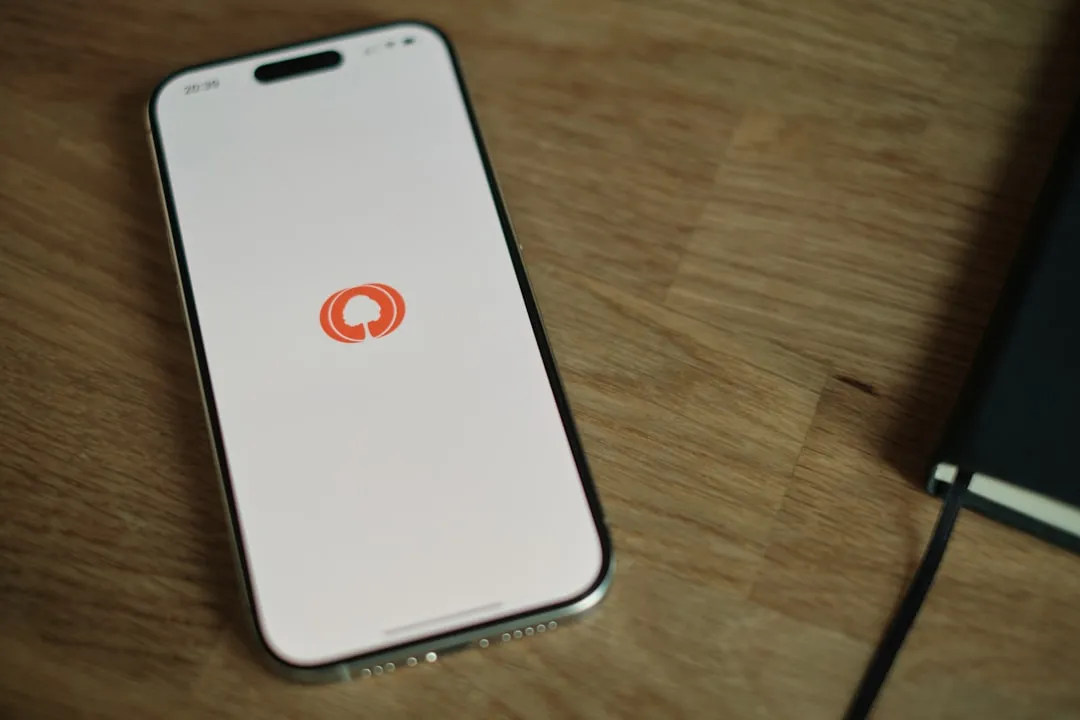
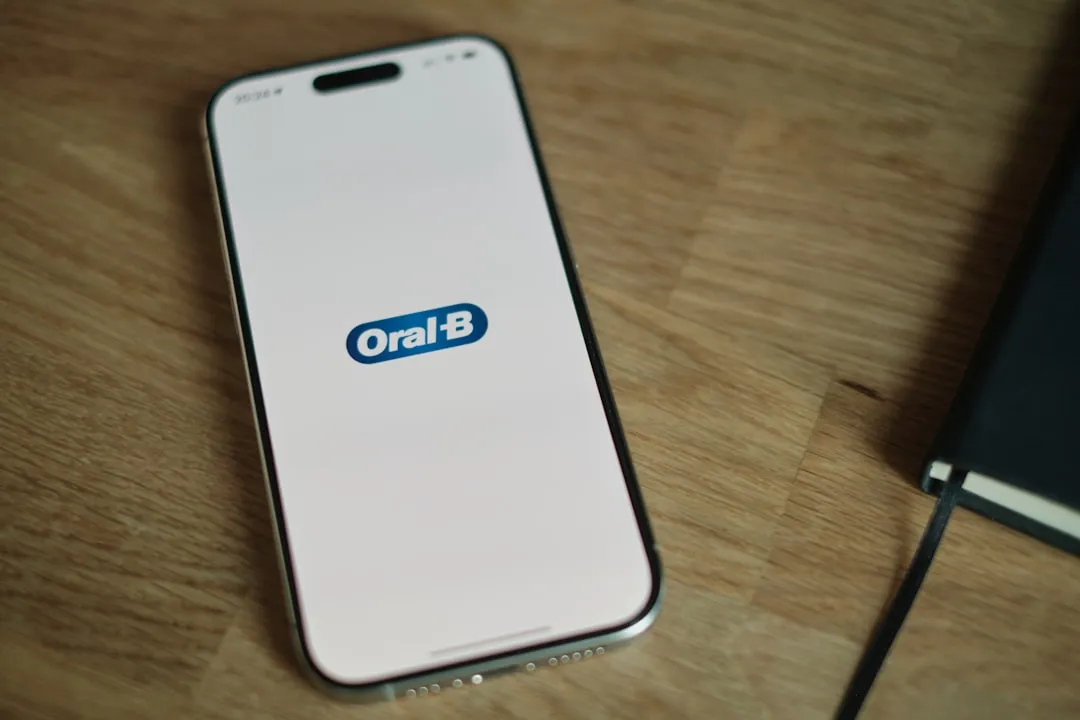
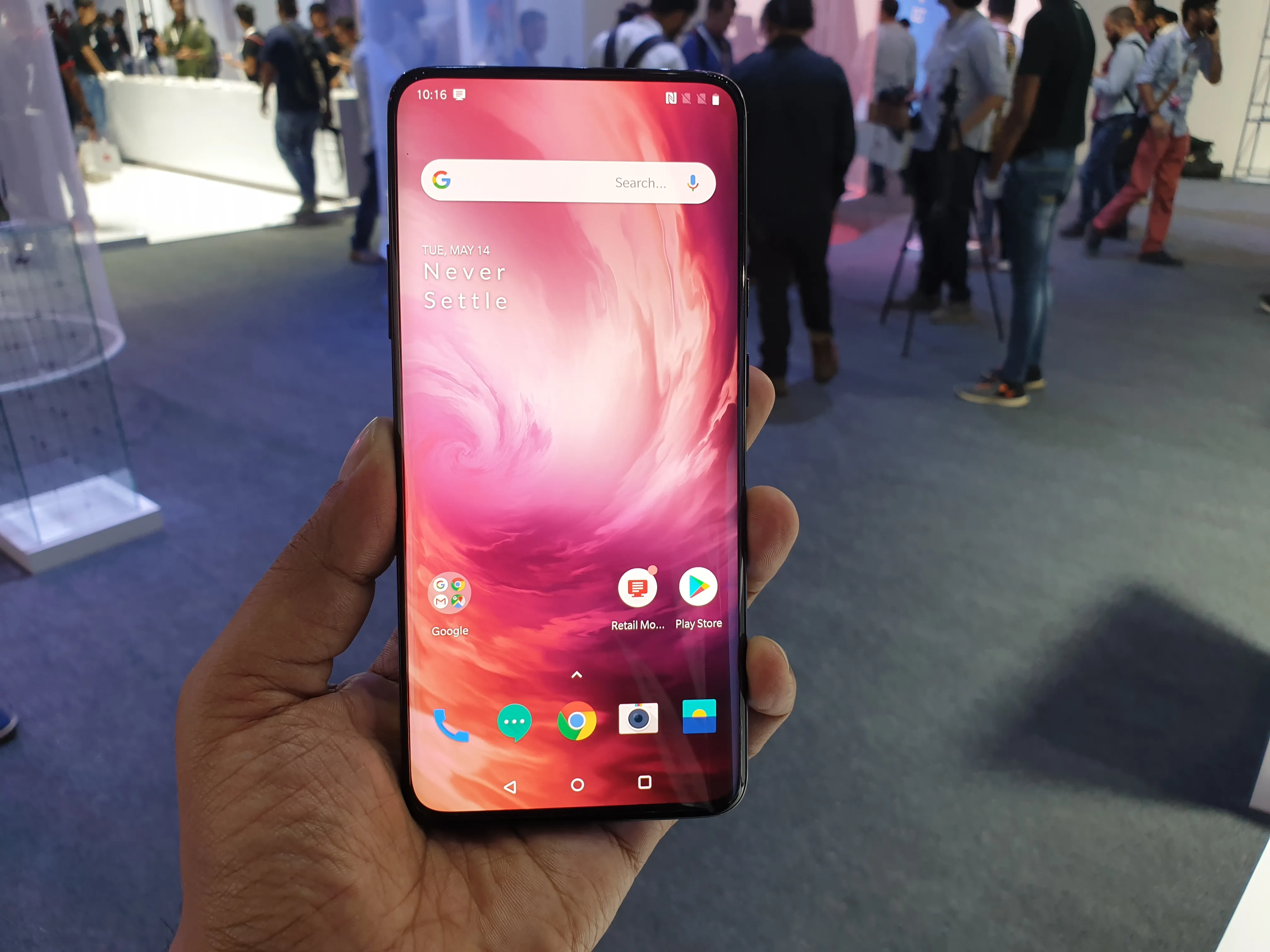
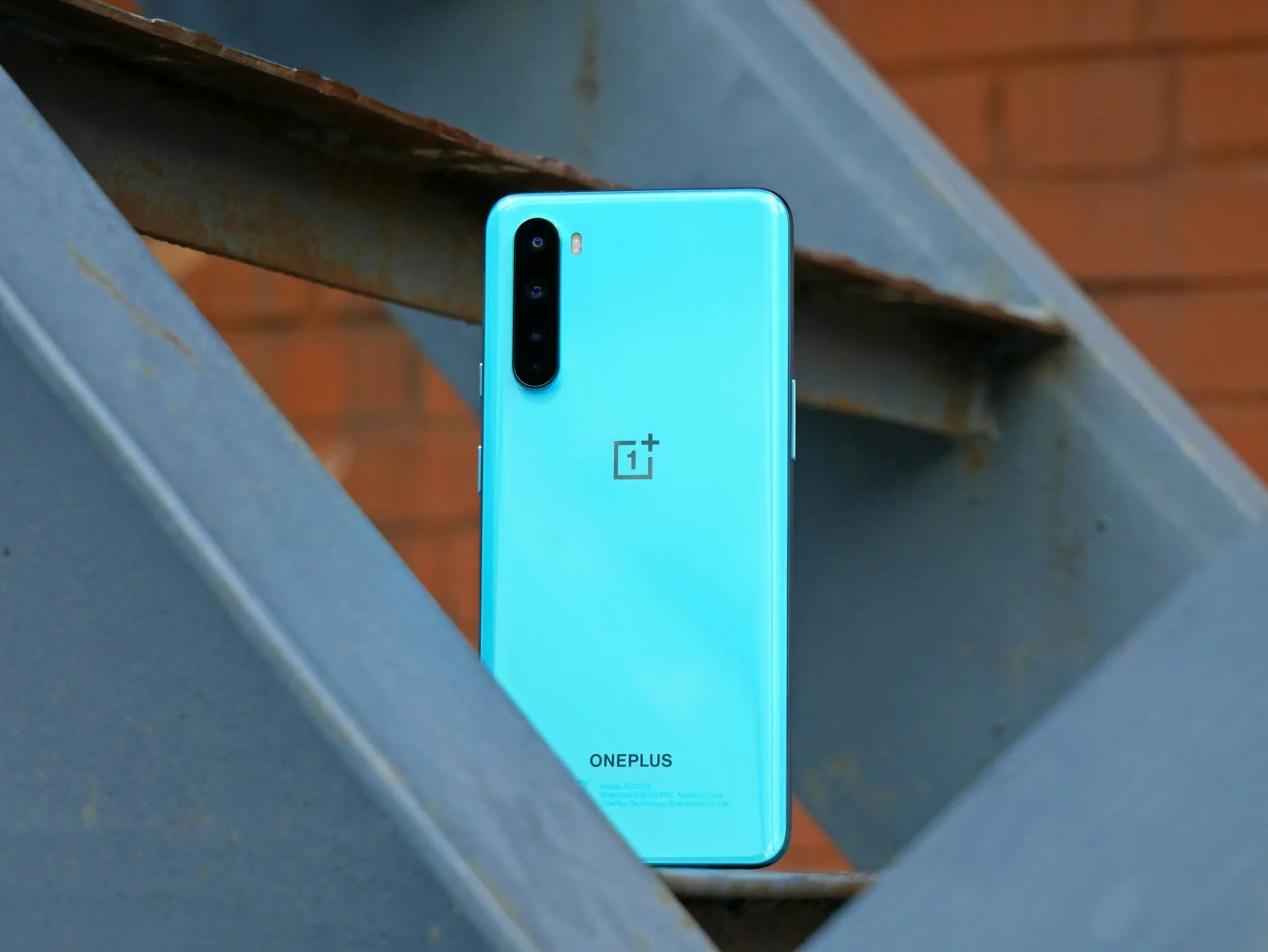



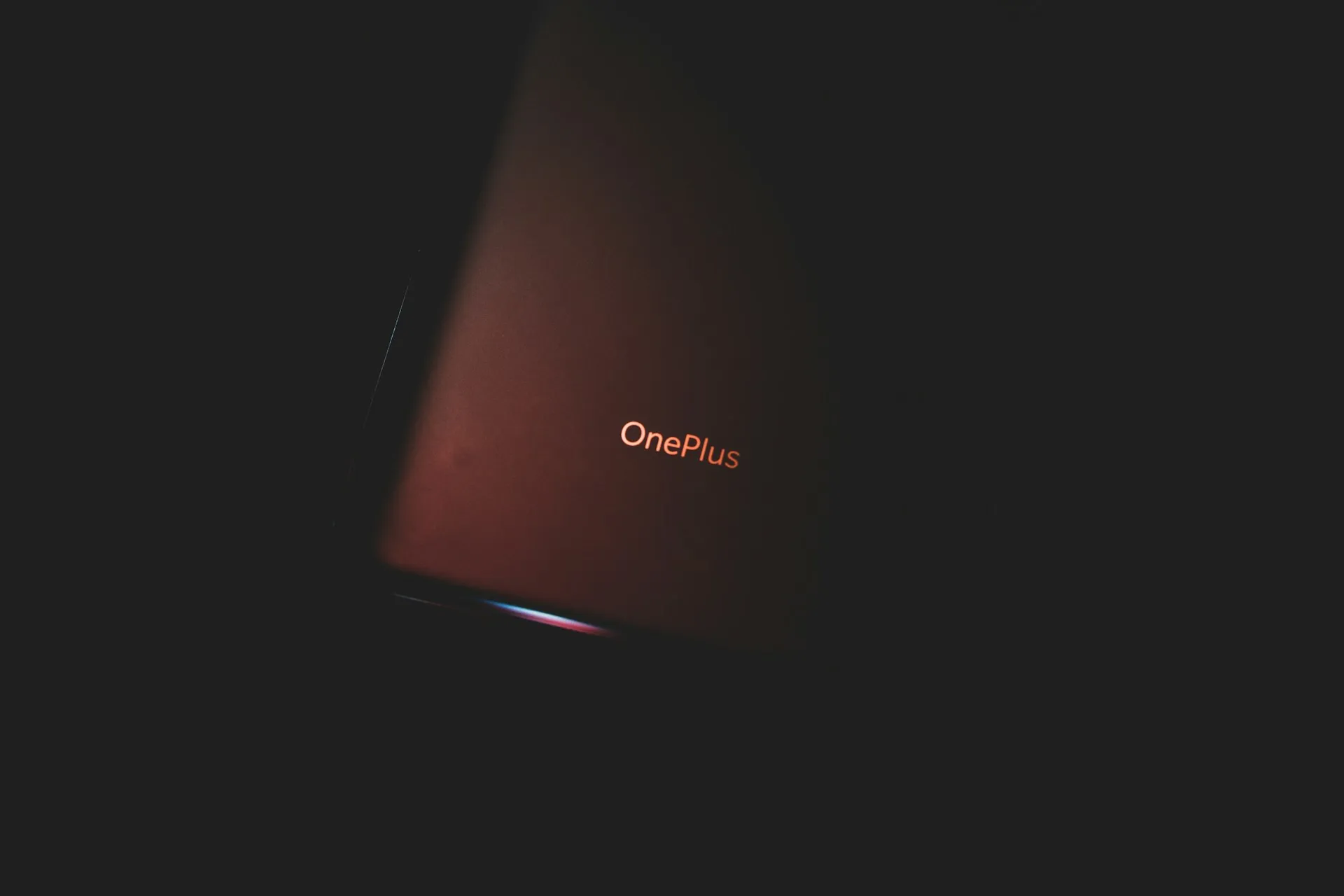
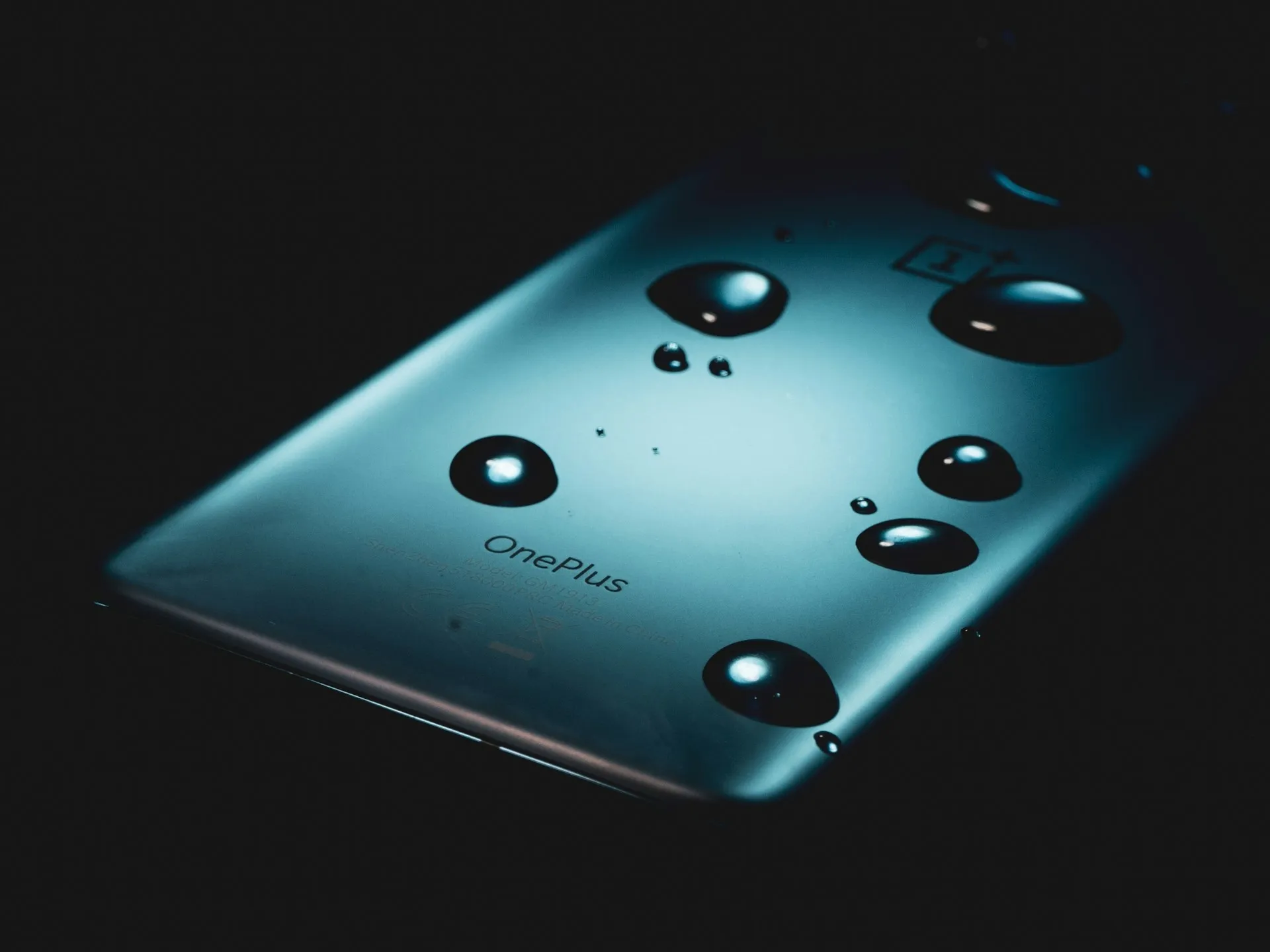
Comments
Be the first, drop a comment!